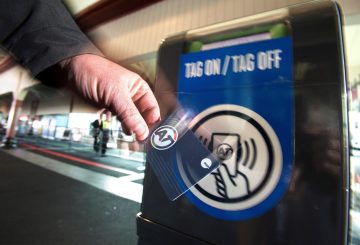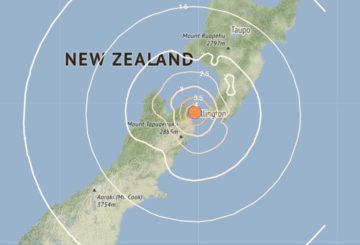Ang Konseho ng Lungsod ng Wellington ay nakatakdang mag-deploy ng isang makabagong network ng pagsubaybay upang patuloy na mangolekta ng detalyadong data sa trapiko ng lungsod. Ang inisyatibong ito ay naglalayong mapahusay ang paggawa ng desisyon batay sa tumpak at komprehensibong data.
Ang mga bagong sensor ng trapiko ay susubaybayan ang iba’t ibang uri ng mga gumagamit ng kalsada, tulad ng mga kotse, trak, bisikleta, scooter, bus, at pedestrian, pagsubaybay sa kanilang mga landas sa paglalakbay at bilis 24/7, sa buong taon. Ang pare-parehong koleksyon ng data na ito ay magbibigay sa Konseho ng isang mas malinaw na pagtingin sa mga paggalaw ng lungsod, paggamit ng mga cycleway, at ang agarang epekto ng mga pagbabago sa network ng transportasyon.
Si Mayor Tory Whanau ay nagpahayag ng sigasig para sa teknolohiyang pangunguna na ito, na nagsasabi na mahalaga ito para sa pagpaplano ng lungsod habang patuloy na lumalaki ang Wellington. Ang mga sensor ng VivaCity, na pinili para sa kanilang tumpak, buong oras na pagkolekta ng data, ay nagpapanatili ng pagkawala ng lagda ng gumagamit, na nag-aalok ng isang mas malawak na pananaw ng paggamit ng pampublikong espasyo.
Habang ang Konseho ay dati nang umasa sa mga manu-manong bilang at elektronikong counter upang makilala ang mga pattern ng paglalakbay, ang mga pamamaraang ito ay kulang sa malawak na saklaw at pare-pareho na pagsubaybay. Pupunan ng bagong sistema ang mga puwang na ito, tinitiyak na masusukat ng Konseho ang mga epekto ng hindi inaasahang mga kaganapan tulad ng mga natural na sakuna o pandemya.
Ang isang pangunahing tampok ng mga sensor ng VivaCity ay ang kanilang disenyo na nakatuon sa privacy. Hindi sila nag-iimbak ng makikilalang data, tinitiyak ang privacy ng mamamayan. Si Peter Mildon, COO ng VivaCity, ay binigyang diin ang diskarte na nakasentro sa mamamayan, na binibigyang diin ang pagkakahanay ng system sa mga pamantayan sa proteksyon ng data.
Ginagawa ng hakbang na ito ang Wellington na unang lungsod sa New Zealand upang magamit ang teknolohiyang nagwaging award na ito. Nakatakdang magsimula sa buwang ito, ang pag-install ng sensor ay may tinatayang halaga na $1 milyon sa loob ng limang taon, na pinondohan sa pamamagitan ng muling paglalagay ng mga umiiral na mapagkukunan.
Ang mga sensor na pinapatakbo ng AI, tungkol sa laki ng isang laptop, ay ilalagay sa mga poste ng streetlight. Gagamitin nila ang paningin sa computer upang makilala at mabilang agad ang mga gumagamit ng kalsada, na nag-iimbak lamang ng hindi nagpapakilalang data.
I-update ng Konseho ang mga lokasyon ng sensor sa website nito, na may malinaw na signage upang ipahiwatig ang pagkakaroon ng sensor. Ang paunang roll-out ay tututuon sa Central Business District, na nagta-target sa mga mahahalagang lugar
at cycleway.




























































